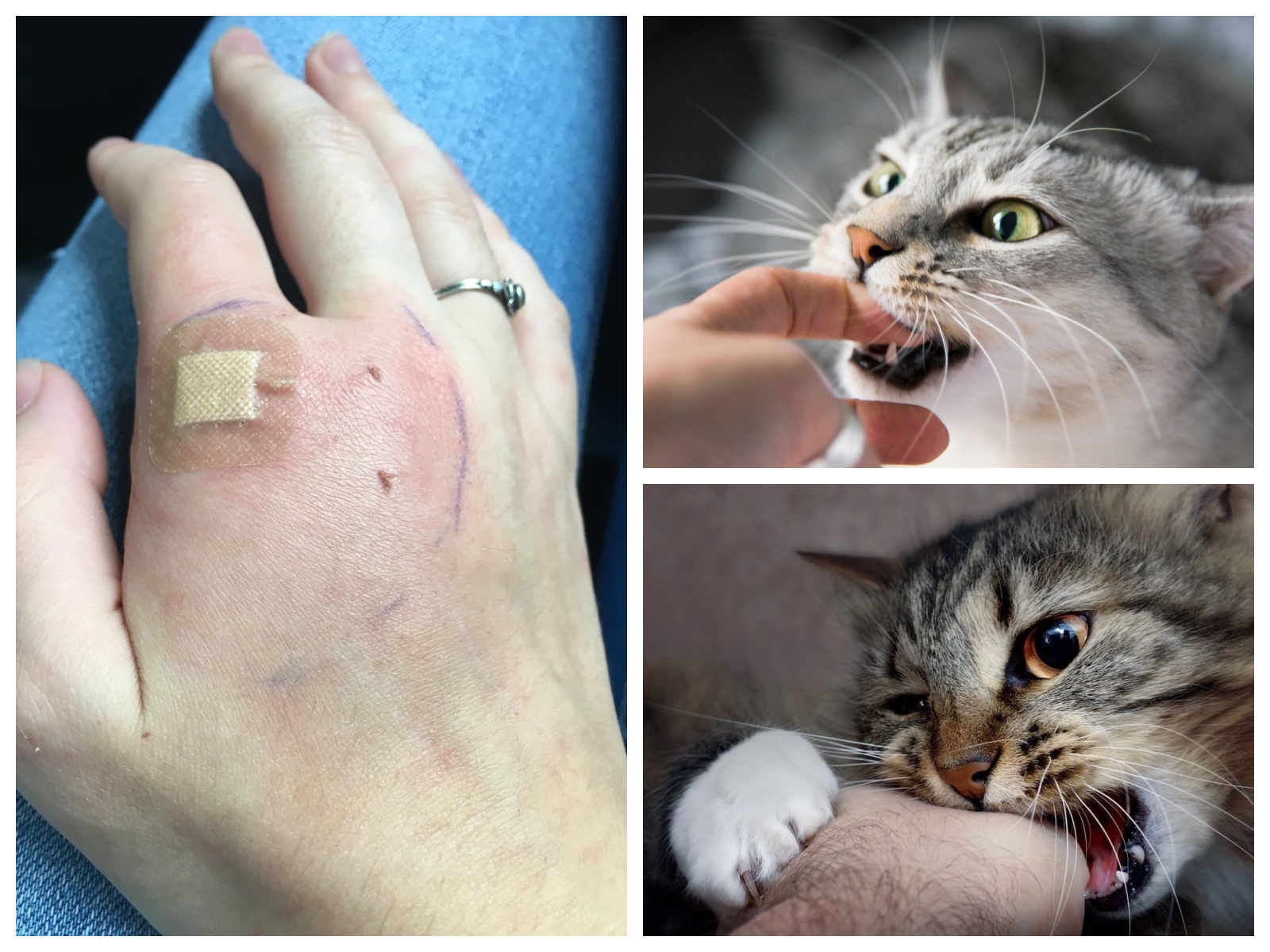 Is Your Cat Biting You? Here’s What It Really Means
Is Your Cat Biting You? Here’s What It Really MeansIf you’re a cat owner, you’re probably no stranger to your furry friend occasionally sinking its teeth into you. Whether it’s during playtime or a more serious interaction, understanding why your cat bites is key to interpreting its behavior and strengthening your relationship.
In this article, we’ll explore the possible reasons behind your cat’s biting, how to respond, and what it means for their overall well-being.
1. Playful Biting: A Natural Instinct
One of the most common reasons cats bite is due to their playful nature. Cats are natural hunters, and their play often mimics hunting behaviors. Whether it’s chasing a toy or pouncing on your hand, their instincts can sometimes trigger a playful bite. These bites are typically not aggressive and are meant to mimic the actions of a predator in the wild.
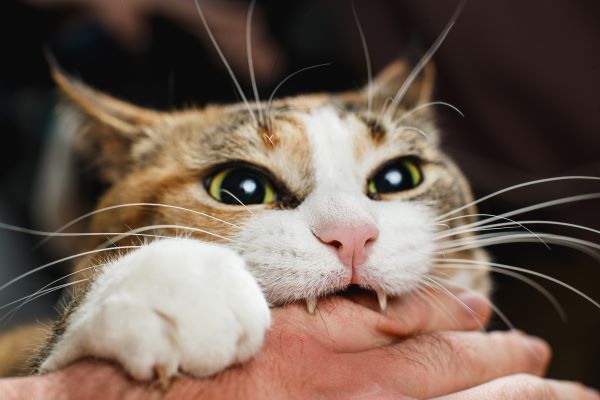
Signs of Playful Biting:
- Occurs during play or roughhousing.
- The bite is gentle and does not break the skin.
- The cat may be excited, with its tail flicking or ears back.
If your cat bites during play, it’s a sign that they’re engaged and enjoying the interaction. However, it’s essential to set boundaries to avoid excessive biting. Using toys rather than hands for playtime can help prevent this behavior from escalating into something more serious.
2. Overstimulation: When Enough is Enough
While many cats enjoy being petted, some may become overstimulated after a period of interaction. Cats have sensitive skin and may bite when they’ve had enough of being touched. If a cat is being petted too much or in a way that irritates them, they may nip or bite to communicate that they need a break.
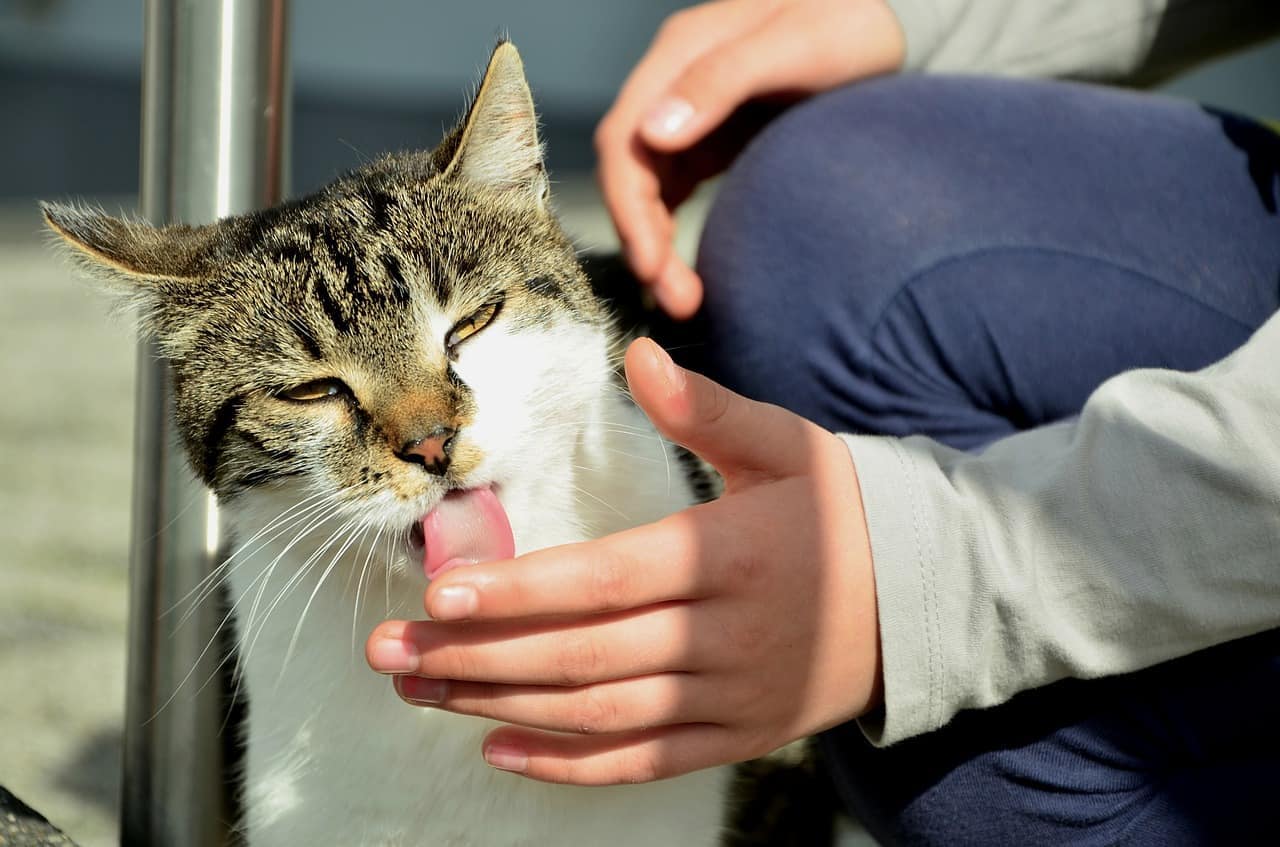
Recognizing Signs of Overstimulation:
- Purring turns into hissing or growling.
- The cat’s tail may flick or twitch.
- The cat begins to lick, then bite.
It’s important to pay attention to your cat’s body language. If they start showing signs of overstimulation, such as tail twitching or skin rippling, stop petting them immediately to give them a break. Learning to recognize these signals can help you avoid an unpleasant bite.
3. Fear or Anxiety: Defensive Biting
A cat may bite out of fear or anxiety, especially in situations where they feel threatened or cornered. For example, if a cat is unfamiliar with a new person or environment, it may bite as a form of self-defense. In these cases, the bite may be harder or more forceful, as the cat is trying to protect itself.
How to Spot Fear-Based Biting:
- The cat may attempt to hide or escape.
- The cat’s body posture is tense or crouched.
- The cat hisses or growls before biting.
If your cat is biting out of fear, it’s important to provide a safe space where they can feel secure. Avoid punishing the cat for biting, as this can further increase their anxiety. Instead, use positive reinforcement and patience to build their confidence over time.
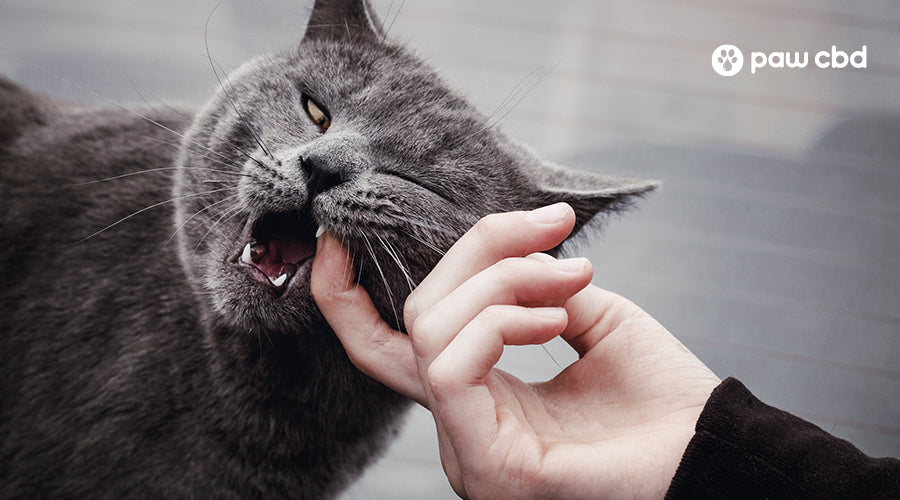
4. Redirected Aggression: When a Cat Targets You Instead of the Real Threat
Sometimes, a cat may redirect its aggression toward you if something else has upset them. For instance, if a cat is startled by a loud noise or another animal outside, they may become agitated and bite the nearest person or animal. This behavior is not intended to hurt you but is a result of the cat’s heightened stress or frustration.
Signs of Redirected Aggression:
- The cat suddenly lunges or bites without warning.
- The cat’s body is tense, and their pupils dilate.
- They may appear agitated or hyper-alert.
If your cat has exhibited redirected aggression, try to identify the source of their stress and remove it. Providing a calm environment and avoiding sudden movements can help reduce this behavior.
5. Medical Issues: Pain Can Cause Biting
In some cases, a cat may bite due to pain or discomfort. If a cat is experiencing an injury or illness, they may lash out as a way of communicating that they’re in distress. This is particularly common in cats with dental problems or arthritis, where certain movements or touch may aggravate the pain.
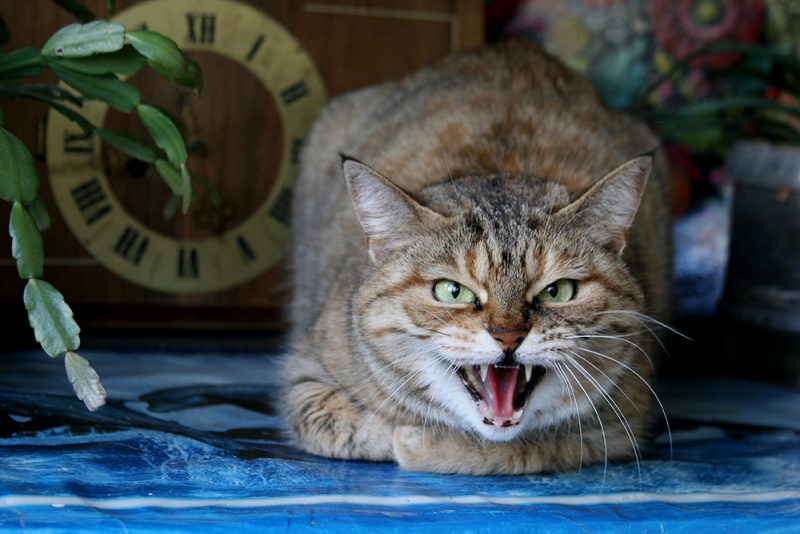
Recognizing Pain-Induced Biting:
- The bite is more forceful or aggressive.
- The cat may avoid being touched in certain areas.
- There are signs of injury or discomfort, such as limping or a change in appetite.
If you suspect your cat’s biting is due to pain, it’s crucial to consult a veterinarian for a thorough examination. Medical issues should be addressed promptly to ensure your cat’s well-being.
6. Maternal Instinct: Mother Cats and Their Kittens
Mother cats often use gentle biting to communicate with their kittens. If you have a female cat that has recently given birth, you might notice her nipping or biting her kittens as part of her maternal instincts. These bites are typically not harmful and are a way for the mother to train her kittens to behave properly.
Understanding Maternal Biting:
- The mother cat may bite gently on the kittens’ scruff.
- This behavior is seen in nursing or grooming.
- It’s a natural part of the bonding process.
This type of biting is not a concern unless it becomes excessive or seems to harm the kittens. If you’re concerned about the mother’s behavior, consult with your vet.
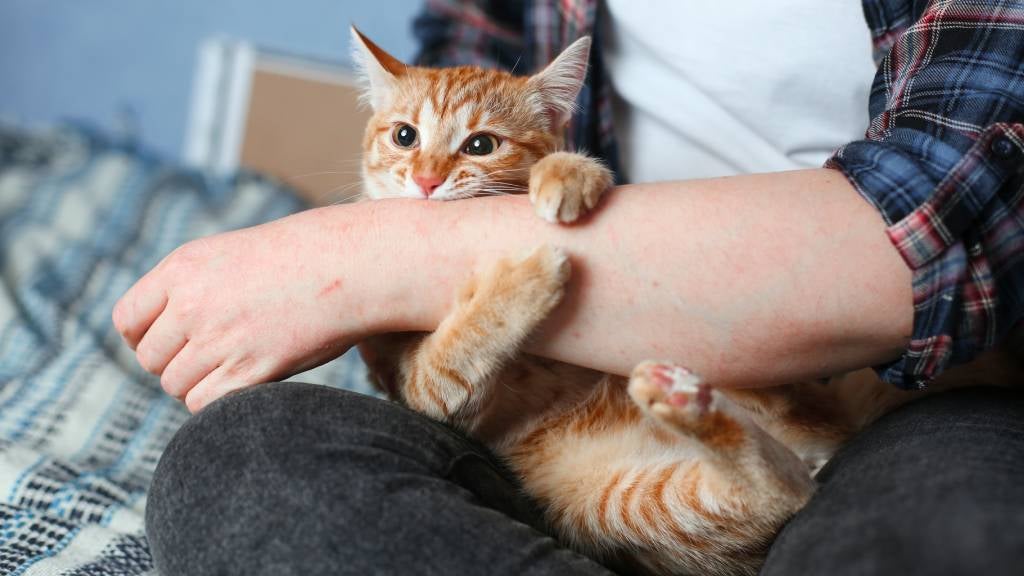
7. Seeking Attention: Playful Bites for Affection
Sometimes, cats bite you simply because they want your attention. This could happen when they are hungry, bored, or want to engage in playtime. Cats are intelligent creatures and learn how to communicate with their owners through various behaviors, including biting.
Signs of Attention-Seeking Bites:
- The cat gently nips at your hand or arm.
- The cat looks at you expectantly, waiting for interaction.
- The bite doesn’t cause pain or damage.
If your cat is biting for attention, consider engaging in a fun activity like playtime or offering them a treat. Cats enjoy attention and interaction, and this can help prevent more unwanted biting behavior.
Conclusion: Understanding Your Cat’s Bite
In summary, cat bites can have a variety of meanings, ranging from playful to defensive, and understanding the underlying cause can help strengthen your relationship with your feline companion. By paying close attention to your cat’s behavior and body language, you can learn to interpret their bites and respond in ways that make them feel safe, secure, and loved.
Whether your cat is playing, overstimulated, or feeling anxious, there’s a reason behind their bite. The more you understand their behavior, the easier it will be to provide a supportive environment for them. If biting becomes a consistent issue, however, it’s always a good idea to consult with a veterinarian or animal behaviorist to address any underlying concerns.